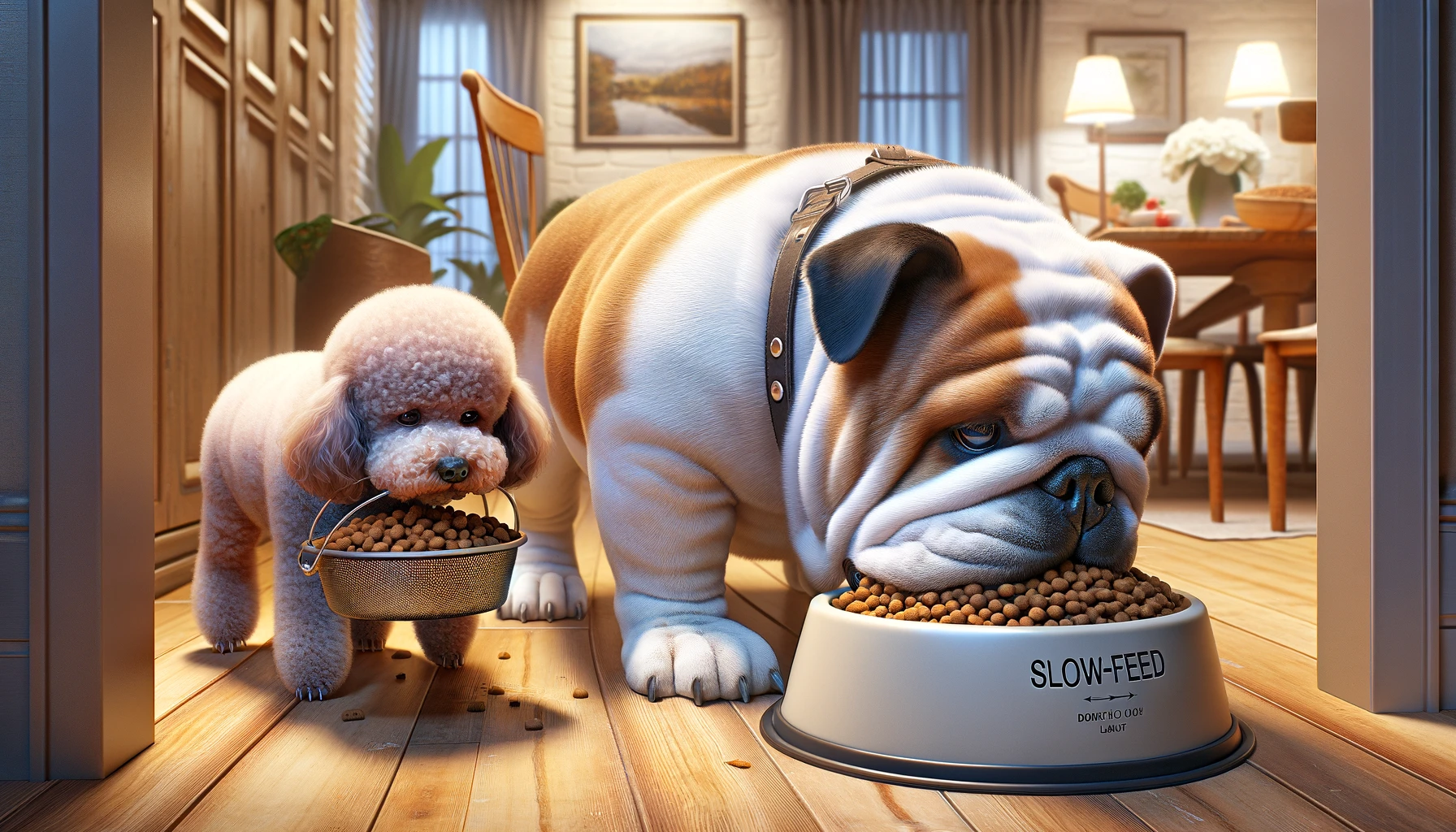Dogs, with their diverse breeds, come with an equally diverse range of eating habits. While most dogs will eagerly eat whatever is put in front of them, some breeds have developed quite unusual eating habits that can leave even experienced dog owners scratching their heads. These unique habits can range from the way they eat, to the type of food they like, to the time they choose to eat. Understanding these habits isn’t just a quirk of pet ownership; It is essential to ensure that these dogs maintain a healthy diet and lifestyle. This article explores five dog breeds with the most unusual eating habits, and highlights the nuances that separate their eating manners from the pack. From fastidious eaters to quirky eaters, here are the breeds that take mealtime to a whole new level.
1. Greyhound
Greyhounds are known for their sleek physique and incredible speed, but their eating habits are also unique due to their physical appearance. Their long necks and deep chests make it uncomfortable and unnatural for them to bend down to eat. Many greyhound owners use elevated feeding bowls to help reduce this discomfort. Additionally, greyhounds often prefer to eat smaller meals throughout the day rather than two larger meals, which reflects their grazing behavior in the wild. The sensitive digestive system of this breed also means that they can be finicky, requiring high quality food to avoid gastrointestinal problems.
2. Shih Tzu
Shih Tzus, with their royal lineage, often display an aristocratic demeanor toward their food. They can be very particular about what they eat, turning up their noses if it is not to their liking. Some Shih Tzus may also display a preference for hand-feeding, extra attention at mealtimes, and enjoyment of interaction. Their small size and brachycephalic (flat-faced) nature means they can have difficulty picking up food, making them prefer soft, easy-to-eat foods. Owners may need to experiment with different types of food and serving methods to keep them happy and healthy.
3. Dalmatian
Dalmatians have a unique urinary system that makes them prone to forming urinary stones, affecting their dietary needs and eating habits. They need a special diet low in purines (found in some meats and other foods) to avoid health problems. Dalmatians often require a carefully formulated diet that may seem unusual compared to other breeds, including a high intake of vegetables and grains. Monitoring and managing their water intake is also important, as staying hydrated helps prevent stone formation, adding another layer to their typical eating habits.
4. Bulldog
Bulldogs are known for their sweet, calm natures, but they also have some of the most unusual eating habits. Their brachycephalic facial structure makes it difficult for them to chew and breathe simultaneously, causing them to prefer wet food or kibble, which is easier to swallow without much chewing. Bulldogs are also notorious for eating too quickly, which can lead to indigestion and gas. Special slow-feed bowls are often used to encourage them to eat more slowly, helping to reduce these issues. Despite their sometimes troublesome eating habits, Bulldogs generally maintain a hearty appetite.
5. Poodle
Poodles are highly intelligent and can exhibit some unique behaviors around food. They are known to be finicky eaters, often preferring a varied diet to keep mealtimes interesting. Poodles may also display the quirk of taking their food away from their bowl elsewhere, a behavior that is reminiscent of their ancestral instinct. Ensuring that a Poodle stays engaged and interested in its food may require creativity from its owners, such as introducing a puzzle feeder or changing its diet regularly. Despite their strange habits, it is important to maintain a balanced diet to keep them healthy and satisfied.
These five breeds highlight the fascinating diversity within the world of dogs, not only in terms of appearance and temperament, but how they approach the basic act of eating. Understanding and accommodating their unique needs can help promote a happier, healthier life together.

